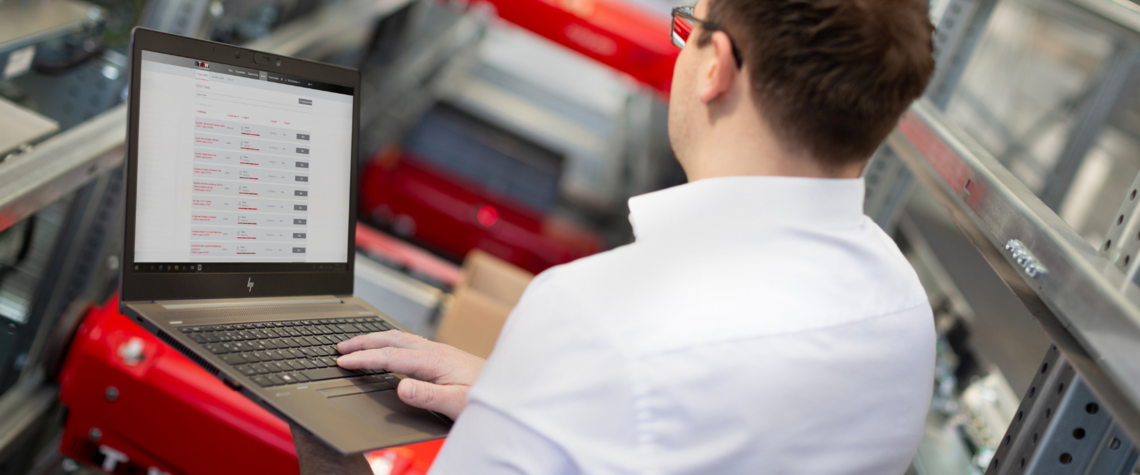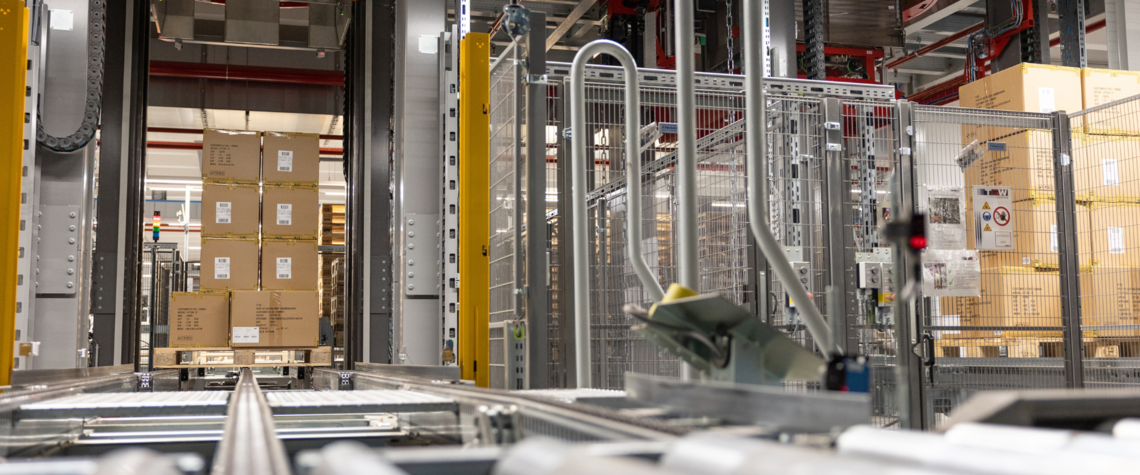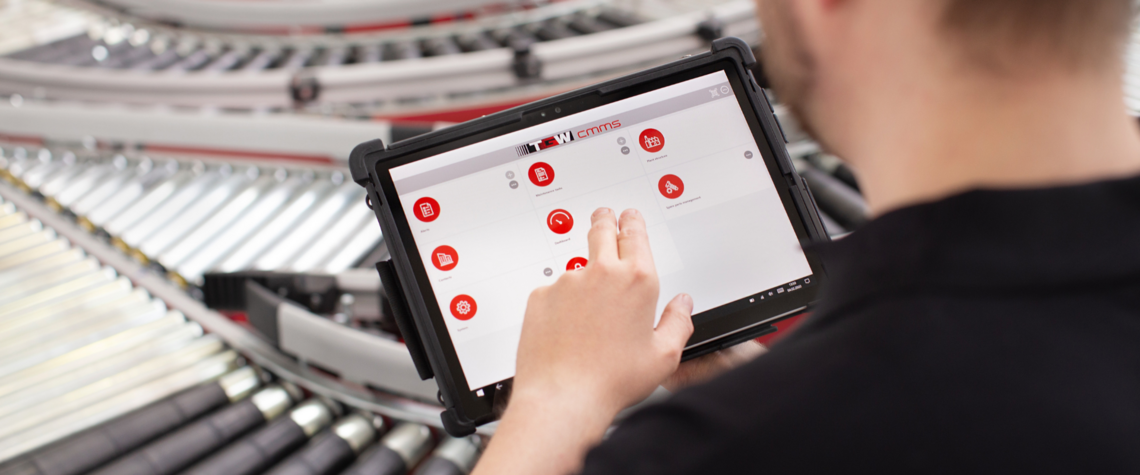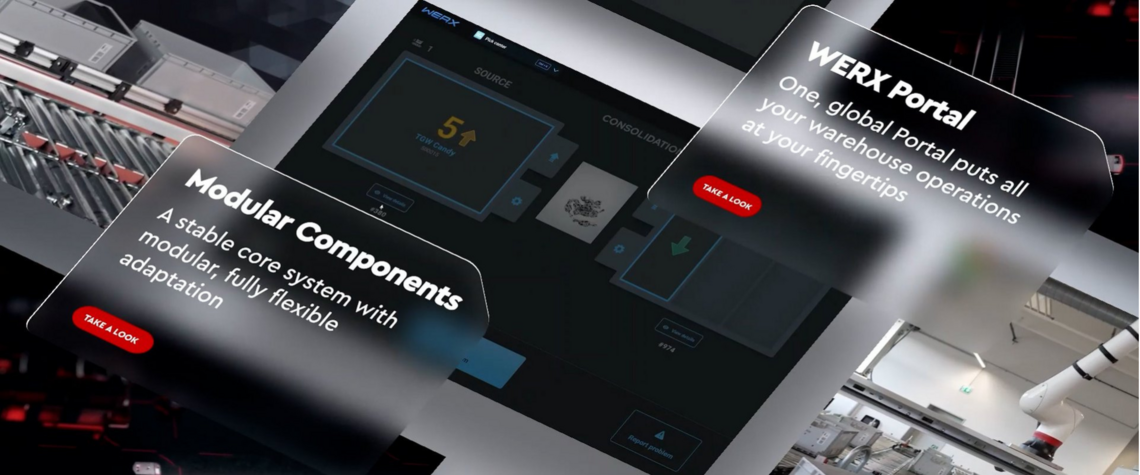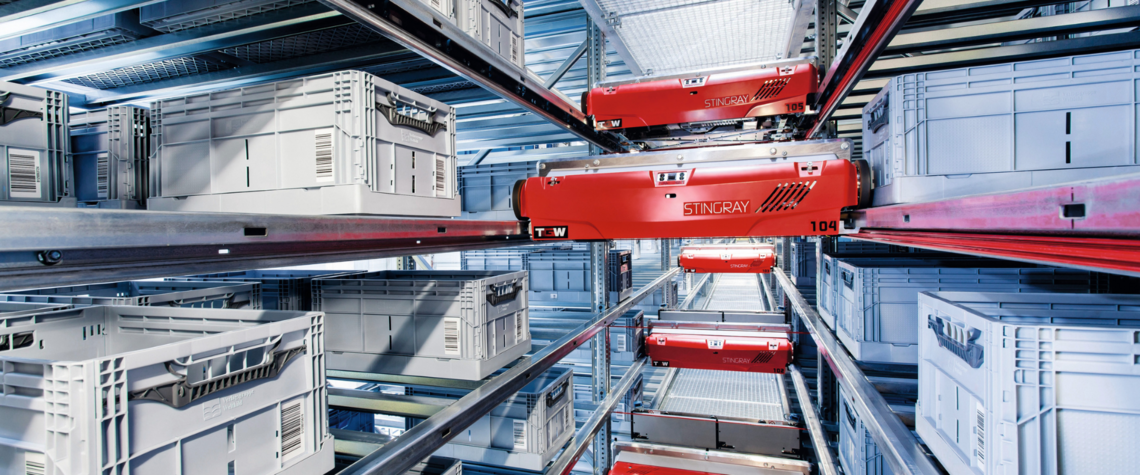

Securing Efficiency with Simulation and Emulation of Your Warehouse Control System
Fulfillment is fast-paced. Customer expectations are increasing, and labor availability fluctuates. Is your business poised to keep up? As you look to enhance your warehouse management system, two things could help you gain efficiencies: emulation and simulation technologies. These digital tools allow businesses to model a real-world warehouse control system in a virtual space, helping reduce risk, cut costs, and improve performance across warehouse operations by testing, refining, and validating automation strategies before anything is physically installed.
Have a new idea you’re ready to explore? Whether it's reorganizing your facility’s layout, validating a software integration, or testing out more advanced technologies like AI, predictive analytics, or digital twins, emulation and simulation give you the freedom to experiment without the risk. So you can keep one eye on the future while planning confidently, adapting quickly, and scaling intelligently for today.
The Role of Emulation and Simulation in a Warehouse Control System
While they may seem interchangeable at first glance, emulation and simulation are distinct tools with different purposes. The confusion often stems from their reliance on digital modeling and their use in validating a warehouse automation project. The timing, function, and outcomes they support are quite different.
Businesses use simulation during the planning phase of an automation project. It builds a virtual warehouse model. Want to see how your system handles peak order volumes? Or determine the best placement for a new automated picking station? Simulation makes it possible.
Emulation takes place later, once the system design is locked in. It replicates the actual behavior of warehouse hardware and software so the control logic performs as expected in real time. This is critical for testing a warehouse control system before it’s deployed live on the floor.
Together, these technologies form a powerful validation loop:
- They provide early problem detection by identifying bottlenecks, layout flaws, or software incompatibilities before they cause delays or safety issues.
- They empower scalability testing by simulating different throughput scenarios to validate your system’s ability to grow with business needs.
- They aid in downtime prevention, reducing the risk of failure by anticipating issues in a virtual environment without disrupting live operations.
- They provide valuable savings, both in time and costs of being onsite for commissioning and testing.
TGW Logistics uses both technologies to help clients refine and validate their automation solutions for seamless integration and high-performance results from day one.
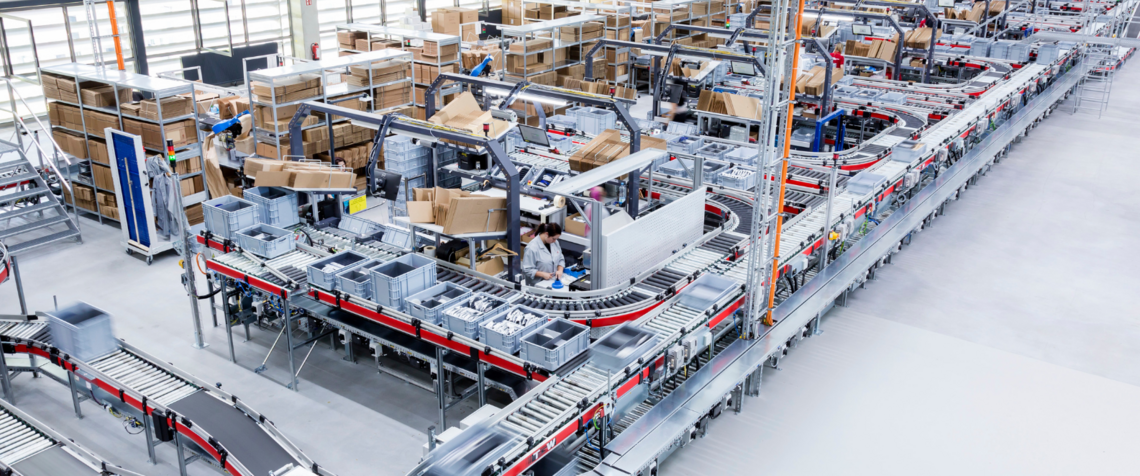

Real-World Applications of Emulation and Simulation
Emulation and simulation sound great in theory, but how do they hold up in practice? The real power of these technologies comes to life when you see how they’re applied on the warehouse floor (or rather, before anything even hits the floor). Here’s how companies use them to unlock smarter, faster, and more resilient operations.
Before rolling out a new warehouse control system, companies use emulation to replicate how control software will interact with conveyors, shuttles, and robotic subsystems. This lowers risk by allowing teams to verify that communications, decision-making logic, and safety responses all function properly without touching a single piece of equipment.
For example, a company integrating robotic picking arms into its fulfillment process can emulate system commands to ensure they’re synchronized with sortation systems, avoiding costly misroutes or equipment damage after going live.
Warehouse designers use simulation to test multiple layouts and workflows before making changes. Whether the goal is to improve picking accuracy, reduce labor-intensive tasks, or increase material flow efficiency, simulation delivers data-backed insights. If a retailer is working with TGW Logistics, they can simulate various layouts for automated picking stations. They can identify the most efficient configuration by analyzing picker travel distances and throughput rates, maximizing performance while minimizing cost.
Simulation also plays a valuable role in employee onboarding, particularly when it comes to understanding software workflows and system interactions. New hires and experienced operators can explore how the warehouse control software functions, gain familiarity with user interfaces, and see how orders move through the system in a virtual environment. While not a substitute for hands-on training, virtual versions of automation technology can help reduce onboarding time and build confidence before live operations begin.
Benefits of Using Emulation and Simulation in Warehouse Automation
By now, it’s clear that emulation and simulation can help prevent costly missteps and speed up project timelines, but their impact doesn’t stop there. When used strategically, these tools unlock a ripple effect of long-term benefits beyond the launch phase. From smoother software rollouts to smarter capital investments, here’s how businesses are seeing real ROI throughout the full lifecycle of their warehouse automation journey.
Testing software and systems in a virtual environment eliminates the need for expensive last-minute design changes, system reworks, or extended downtimes. Companies can simulate different investment scenarios, like adding automation modules, to prove ROI before committing capital.
Simulating various operational scenarios ensures the final solution is tuned for performance from the start. Emulation of a warehouse control system shortens debugging and integration time, enabling faster project implementation. In TGW Logistics’ projects, emulation often helps reduce commissioning times by pre-validating core warehouse control system behaviors, freeing up engineering hours and allowing operations to ramp up sooner.
Running a full automation system without thorough pre-validation is like launching software without testing the code. Emulation and simulation allow businesses to stress-test their systems under extreme conditions and "what-if" scenarios, such as equipment failure or a surge in demand, without putting inventory or operations at risk.
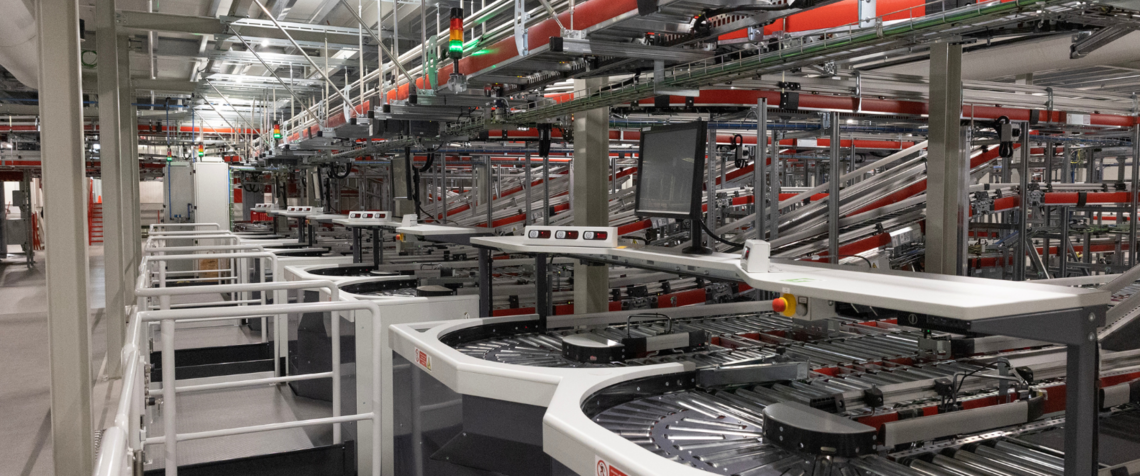

The Future of Emulation and Simulation in Warehouse Automation
Emulation and simulation are already making warehouses faster, smarter, and more reliable, but the real momentum is just beginning. As digital technologies evolve, these tools become even more powerful, predictive, and connected. So, where is the industry headed?
Digital twins are next-generation simulation tools that mirror every element of a physical warehouse in a live, connected digital model. TGW Logistics’ Digital Services Platform enables this functionality, empowering businesses to monitor, analyze, and optimize their systems. From energy consumption to equipment wear, digital twins offer a real-time understanding of performance, creating a closed feedback loop that enhances system longevity and responsiveness.
Artificial intelligence takes simulation to the next level. Algorithms trained on historical and real-time data can predict system failures, detect inefficiencies, and recommend improvements — often before human operators notice an issue. A study from NIST noted that integrating AI into digital twin systems could deliver industry-wide benefits exceeding $37 billion annually, particularly in manufacturing and logistics environments.
Simulation provides system testing, but it’s also a strategic planning tool. You can simulate labor demands, equipment capacity, space utilization, and more, with the results informing proactive decisions about expansion, automation upgrades, or seasonal resourcing. Predictive simulation models offer a huge competitive advantage for logistics providers managing fast-changing inventories and shipping volumes.
It’s Possible to Build Smarter with Simulation and Emulation
Simulation and emulation are technical tools that power possibility. You can de-risk major decisions, improve operational excellence, and future-proof your automation strategies. Verify your warehouse control system software. Train your workforce. Optimize facility layouts. You can do anything with technologies that support every step of your warehouse transformation journey.
Ready to bring your warehouse vision to life? Explore TGW Logistics’ automation solutions and discover how we’re helping companies like yours not just simulate success but make it real.
TGW Logistics is a foundation-owned company headquartered in Austria and a global leader in warehouse automation and warehouse logistics. As a trusted systems integrator with more than 50 years of experience, we deliver end-to-end services: designing, implementing, and maintaining fulfillment centers powered by mechatronics, robotics, and advanced software solutions. With over 4,500 employees spanning Europe, Asia, and North America, we combine expertise, innovation, and a customer-centric dedication to help keep your business growing. With TGW Logistics, it's possible to transform your warehouse logistics into a competitive advantage.
